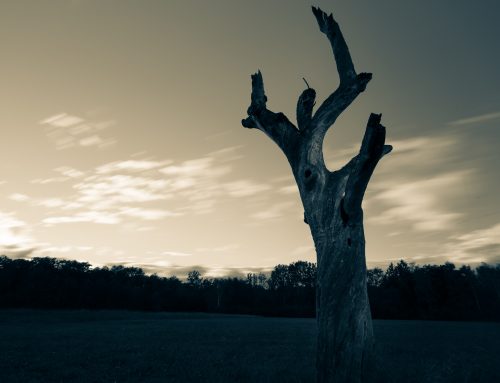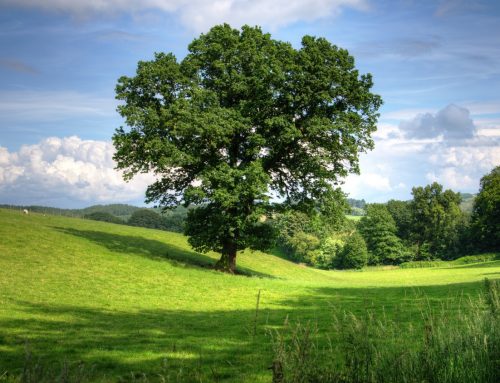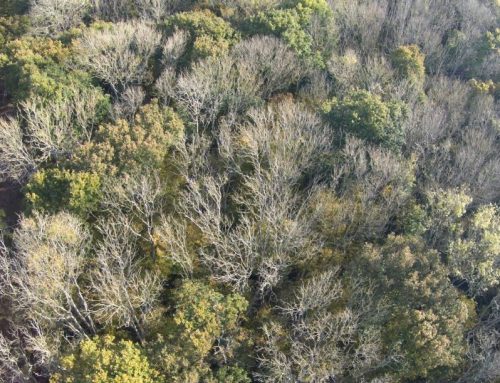Dutch Elm Disease
Following the treatment of Dutch Elm Disease on the oldest living tree on the Isle of Man, we thought we would shed some light on the disease that is affecting our trees within the UK.
What is it?
Dutch Elm Disease (DED) was first detected in Northern Europe in 1910. By the 1940’s, the first epidemic had destroyed 40% of Elms in a number of European countries.
DED is a serious infection, that has already killed over 60 million British Elms in 2 epidemics, and continues to spread today. DED is a fungal disease spread by Bark Beetles, causing rapid shrivelling and death of Elm Trees. It is a type of disease in which fungus blocks the vascular system within a tree, causing the branches to wilt and the tree to die.
Bark Beetles breed in the dead and dying Elms, where the larvae tunnel in the bark. The fungus produces sticky spores in the tunnels which contaminate the newly hatched beetles as they emerge. They then fly to healthy, uninfected Elms, where they feed on the bark infecting the trees xylem (water transport tissue). The fungus grows within the xylem blocking water flow which leads to the wilting of the foliage.
What trees does it affect?
As the name suggests, Dutch Elm Disease affects Elm trees, the American Elm being most susceptible. However, DED also affects the closely related Zelkova tree. A Zelkova is a deciduous tree in the Elm family, native to Europe and southern and eastern Asia.
Symptoms appear in early summer and an affected tree will show the following:
- The foliage turning yellow, where it will further; wilt, shrivel and die
- Peeling the bark from affected areas will show brown streaks in the wood
What can be done?
The most recent method of preventing Dutch Elm Disease, has been to inject fungicides into infected trees. This method is most effective when used to prevent new infections, or prevent the movement of the fungi into parts of the trees not yet affected.
How to prevent you Elm tree from DED
First, dispose of all dead and diseased Elm trees and have a licensed/ professional with a pesticide applicators licence, spray the base of healthy Elms with insecticide, registered for the use to kill bark beetles. Keep Elm trees in a healthy condition through pruning, watering and fertilisation and have healthy Elms injected with fungicide once every two years.
If you suspect an Elm tree in your garden or property is diseased, call Longacre on 07736 933530, to find out more information and what we can do to help.




